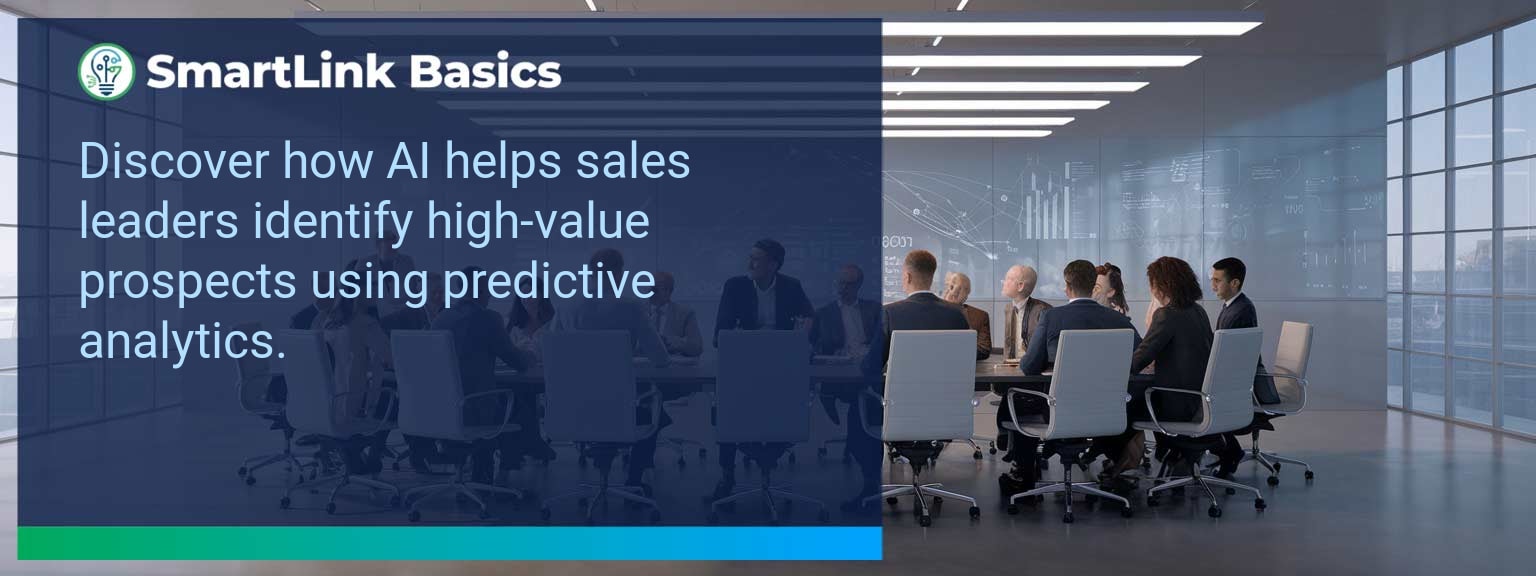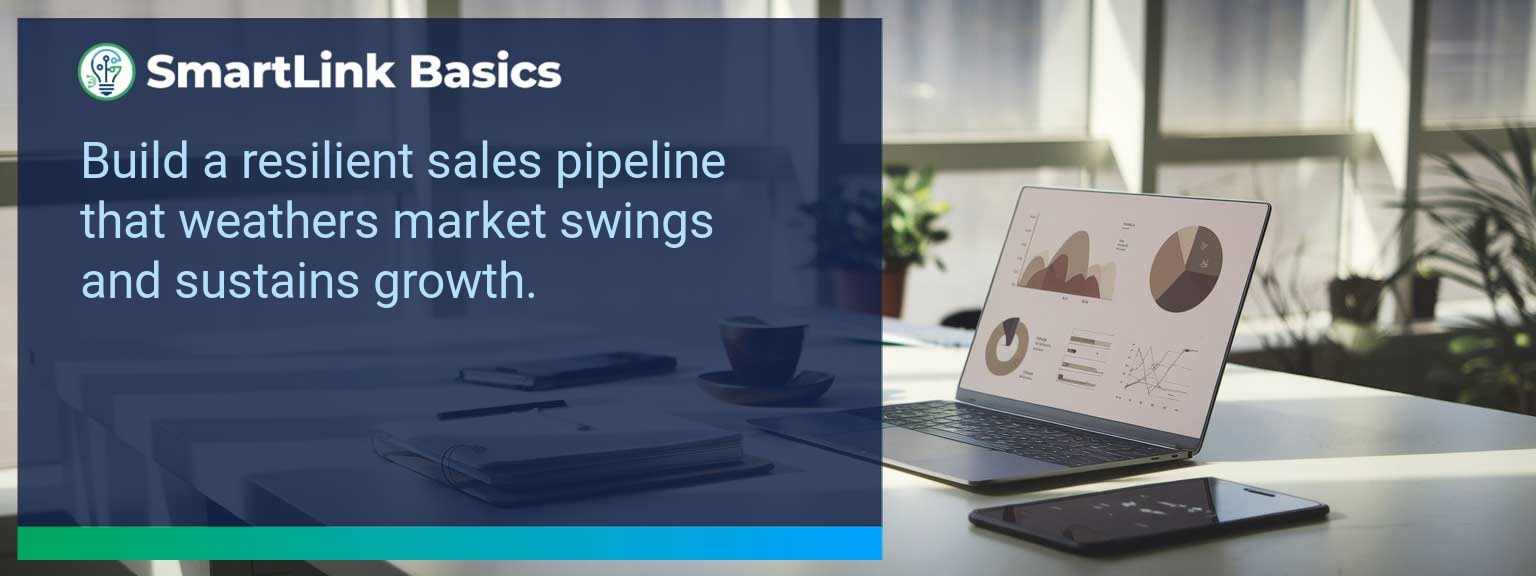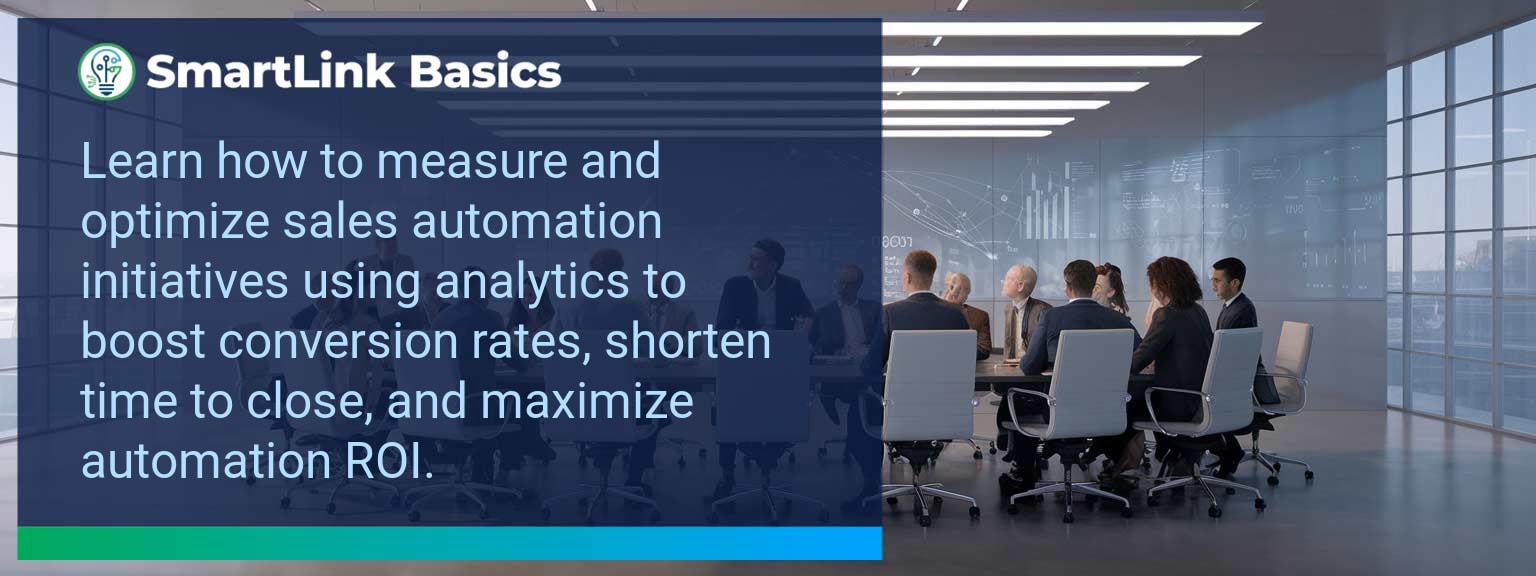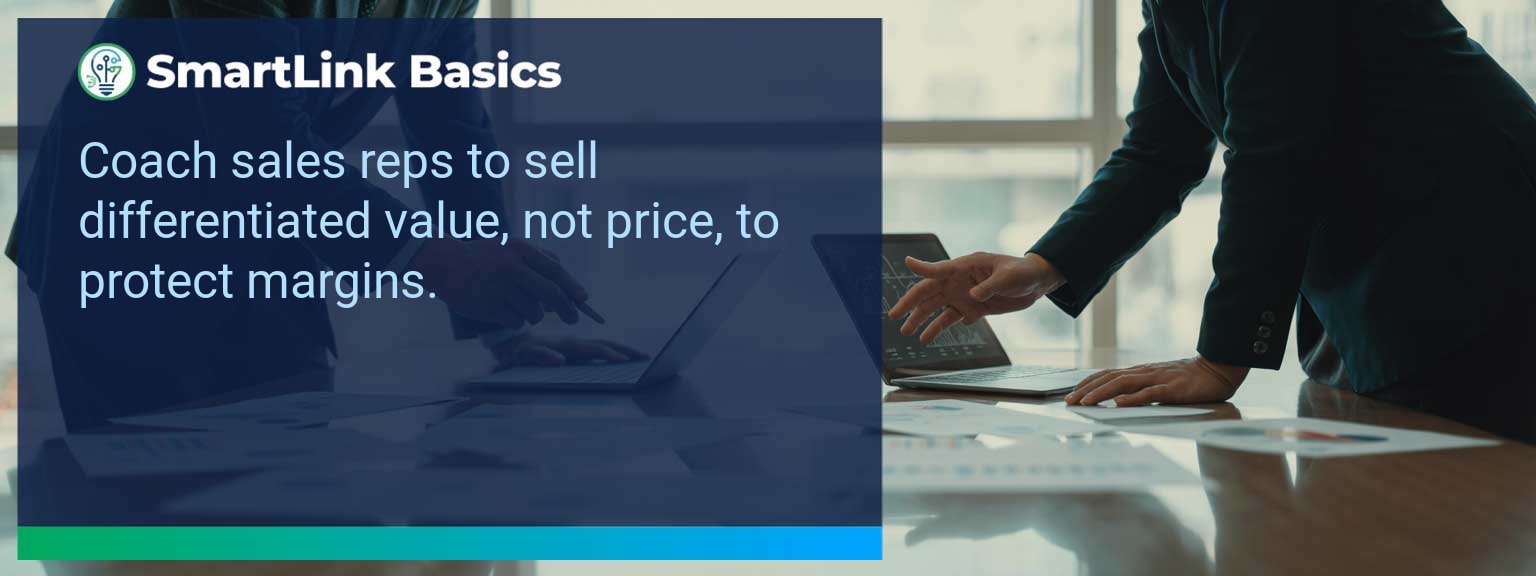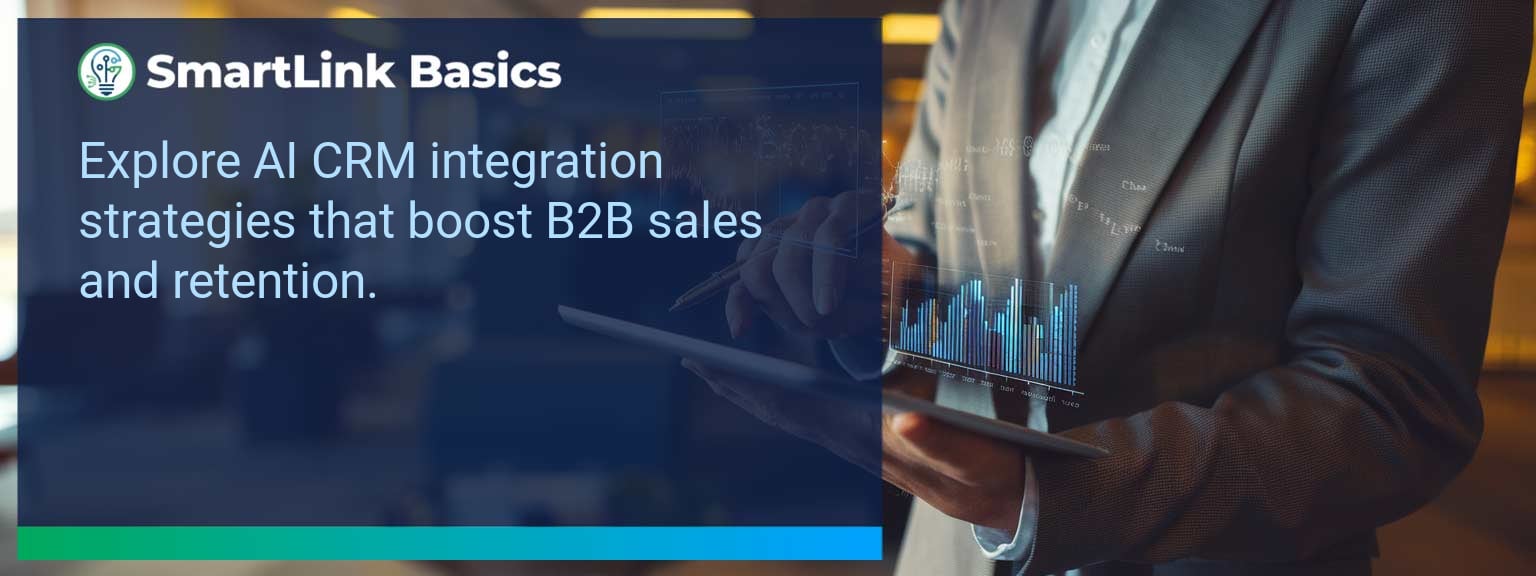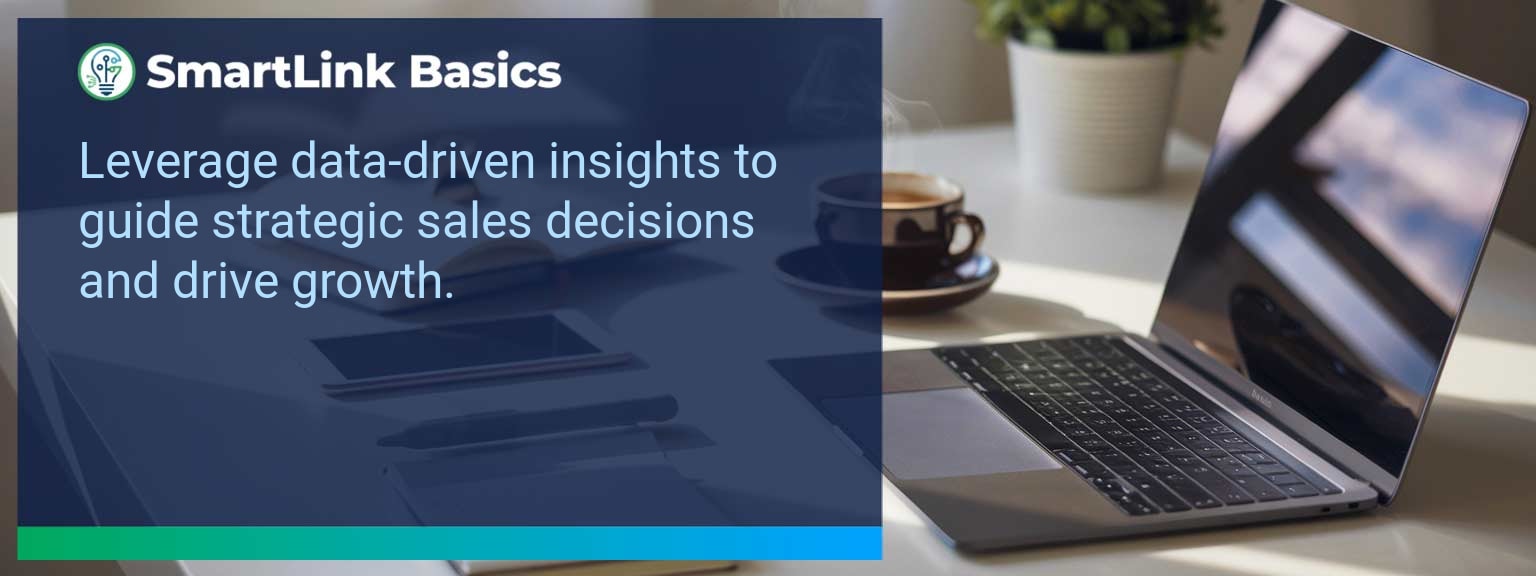Industry data shows that organizations adopting AI-driven automation achieve cost reductions of up to 30% while accelerating sales cycles by 20% or more (McKinsey, 2024). For sales leaders, AI automated workflows now define competitive advantage, enabling teams to reallocate time from repetitive tasks to high-value engagements. At SmartLink Basics, we help decision-makers implement these systems strategically, ensuring they integrate with existing revenue operations. In this article, you’ll see how AI automated workflows power business outcomes, the common obstacles that slow adoption, and practical steps to optimize processes. You’ll walk away with proven examples, a 90-day action blueprint, and measurable KPIs to track results.
- Automate repetitive administrative and CRM updates with AI.
- Integrate machine learning to personalize outreach at scale.
- Streamline approvals, quotes, and contract workflows for speed.
- Use predictive analytics to prioritize sales opportunities.
- Track adoption and performance with targeted metrics.
AI Automated Workflows: What Changed and Why It Matters
AI adoption has shifted from experimental to operational, making automated workflows a standard in high-performing sales organizations. The real advantage lies in combining workflow automation with artificial intelligence workflows to optimize every step of the revenue process. Sales leaders now use AI to synchronize touchpoints, reduce manual inputs, and ensure faster execution. For example, a B2B SaaS leader introduced automated lead enrichment and routing, cutting qualification time by 60%. Actionable insight: Audit processes for time-intensive handoffs and apply AI where repeatability is high.Redesign the Revenue Operating System With AI Automated Workflows
ICP, Segmentation, and Targeting AI-enabled segmentation uses historical wins, firmographic, and behavioral data to dynamically update ICP profiles. This ensures targeting precision without quarterly re-work. Pipeline Architecture Automated workflows push opportunities through the right stages based on engagement signals. AI flags at-risk deals for intervention. Plays and Messaging Integrated automation tools deliver personalized sequences based on buyer activity, increasing relevance at every touchpoint. Operating Cadence AI schedules follow-ups, forecast calls, and account reviews based on actual pipeline movement rather than static calendars. Actionable insight: Implement automation that adapts in real-time to both internal and buyer-driven events.Common Obstacles To Achieving Seamless Automation
The most frequent challenges are fragmented systems, inconsistent data quality, and cultural resistance. Without a unified data layer, automation amplifies errors rather than solving them. Coca-Cola Europacific Partners reported needing a full data governance upgrade before AI could improve sales workflows. Leaders must first assess infrastructure readiness and train teams to trust AI-influenced recommendations. Actionable insight: Before deployment, establish clean data practices and a single source of truth.Implementing AI To Optimize Workflows
Effective deployment of AI process optimization starts with mapping current-state processes, identifying friction points, and matching them with automation tools. For example, automating proposal generation based on CRM opportunity data can reduce turnaround from three days to one hour. Solutions combining business process automation platforms with machine learning integration enable continuous performance improvement. Actionable insight: Pilot in one high-impact stage, measure, and then expand.Tangible Benefits From Automated Processes
The benefits extend beyond time savings — sales leaders gain a scalable system. Tangible outcomes include faster quote-to-close, higher lead conversion, and better forecast accuracy. A manufacturing firm implemented AI-assisted order processing and cut errors by 40%, improving on-time delivery rates. Actionable insight: Track both speed and accuracy to measure workflow automation effectiveness.Metrics That Matter
| Category | Metric | Definition | Target |
|---|---|---|---|
| Leading | Workflow Completion Rate | % of automated sequences executed without manual intervention | 95%+ |
| Leading | AI Suggestion Adoption Rate | % of AI-generated action recommendations executed by reps | 80%+ |
| Lagging | Cycle Time Reduction | Decrease in time from lead entry to closed-won | 20%+ |
| Lagging | Revenue Per Rep | Average sales revenue generated per sales rep per quarter | +15% YoY |
| Quality | Automation Error Rate | % of workflows that trigger incorrect outcomes | <1% |
| Quality | Customer Satisfaction Post-Automation | Average CSAT score after automation implementation | ≥ 4.5/5 |
Innovations And Next Steps For AI Automation
Emerging capabilities like AI-generated playbooks, intent-driven dynamic routing, and integrated AR for virtual product demos are shaping the next wave of sales automation. Companies integrating these tools early will outpace competitors in speed and personalization. Actionable insight: Stay ahead by testing emerging automation features quarterly and aligning them with evolving buyer expectations.Get the 90-day plan, coaching rubric, and dashboard template to operationalize AI in your enablement program.
Turning AI Automation Into a Revenue Multiplier
AI automated workflows are now a strategic lever for predictable, scalable growth. This guide outlined current applications, adoption challenges, a 90-day execution plan, and measurable success criteria. To make automation pay off, sales leaders should integrate tools into one cohesive operating system and review results monthly for continuous improvement. Access more AI-driven sales enablement resources from SmartLink Basics to design a high-performance automation strategy. Recognizing milestones in a sales organization strengthens morale, reinforces a performance culture, and unites teams around shared success. According to Gallup, employees who feel recognized are twice as likely to be highly engaged, yet structured milestone recognition remains underutilized in many organizations. At SmartLink Basics, we have seen sales leadership strategies that celebrate achievements not only lift motivation but also improve revenue consistency. This article explores why milestone recognition matters, the common leadership challenges it addresses, and practical frameworks sales leaders can apply immediately. You will gain actionable ideas for designing milestone celebrations that drive alignment, increase retention, and build the type of unity that sustains high performance.- Recognize both major and micro-milestones to keep momentum.
- Tie celebrations directly to measurable sales outcomes.
- Use recognition to reinforce sales leadership priorities.
- Leverage both team and individual acknowledgment methods.
- Measure impact through engagement, retention, and sales metrics.
Common Obstacles To Team Unity
Sales organizations often face fractured alignment when teams compete in silos, when recognition is inconsistent, or when leadership in sales fails to connect personal effort to the larger mission. Under pressure for quarterly targets, milestone celebrations are sometimes perceived as a distraction rather than an enabler of performance. This undermines sales team motivation and can lead to disengagement. For example, a high-performing team might hit an ambitious revenue goal, but if recognition is limited to a brief email, the moment passes without building lasting momentum. The absence of structured celebration leaves untapped potential for reinforcing desired behaviors. Leaders can address this by making milestone recognition part of sales management tips that emphasize both culture and performance. Consistent, visible acknowledgment links achievement to identity, reducing attrition risks and fostering loyalty.Effective Milestone Celebrations That Drive Success
Incorporating milestone recognition into sales leadership strategies requires intentional design. The most effective programs personalize recognition, link it to business metrics, and balance individual and team acknowledgment. Leaders should define recognition tiers—such as monthly wins, quarterly milestones, and annual achievements—with clear criteria. For example, a regional manager might host a quarterly video call recognizing top closers while spotlighting improved conversion rates from newer team members. This dual approach addresses both recognition and skills development. Actionable steps for motivating sales teams include: – Aligning celebrations with revenue objectives and customer outcomes. – Using storytelling to share how milestones were achieved. – Documenting successes in a central repository for cultural continuity. These methods embed recognition into the operating rhythm rather than treating it as an occasional add-on.Positive Impacts On Team Cohesion And Performance
Consistent milestone celebrations create visible proof that leadership values its people. Done well, they raise engagement scores, increase knowledge sharing, and improve sales performance improvement metrics such as win rate and lead conversion efficiency. In one SaaS sales unit, quarterly recognition rituals were correlated with a 15% rise in retention and a 12% lift in pipeline value over the next two quarters. These improvements came from increased collaboration and reduced hesitation to share best practices. When leaders make recognition standard practice, it sharpens sales manager skills in coaching, communication, and culture building. Over time, this produces a self-reinforcing loop: higher unity drives better results, which in turn creates more moments to celebrate.Sustaining Motivation Through Continuous Recognition
Celebration should not fade once a target is met. Leadership best practices show that sustained recognition—both formal and informal—keeps motivation steady even during slower sales cycles. This can be achieved through micro-recognitions such as highlighting a creative proposal in a Monday meeting or showcasing a strong client testimonial in a weekly digest. To avoid recognition fatigue, vary the format and delivery channels: live meetings, internal platforms, and surprise rewards all create freshness. The goal is to maintain a rhythm that makes every contributor feel the connection between effort, achievement, and organizational success.Metrics That Matter
| Category | Metric | Definition | Target |
|---|---|---|---|
| Leading | Engagement Score | Aggregate survey score on team morale and alignment | 85% or higher |
| Lagging | Quarterly Retention Rate | Percentage of sales staff retained over 3 months | 95%+ |
| Quality | Recognition Impact Index | Correlation between recognition events and sales output improvements | Positive correlation above 0.6 |
Get the 90-day plan, coaching rubric, and dashboard template to operationalize AI in your enablement program.




